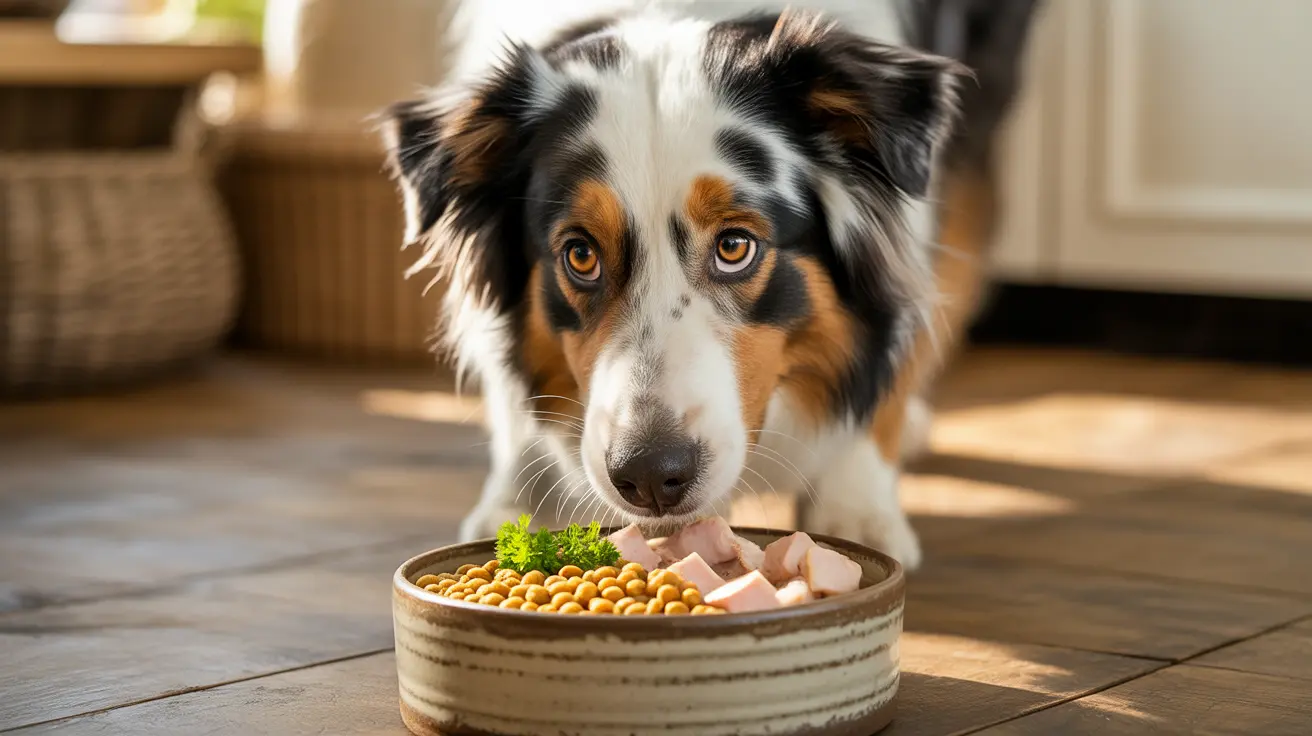Understanding Why a House-Trained Dog Might Pee Indoors
Even the most reliably house-trained dogs can have accidents indoors. This perplexing behavior often causes stress for pet owners, but it's essential to understand the underlying reasons before reacting. Dogs may urinate inside due to medical issues, behavioral factors, or environmental changes. Let’s explore the root causes and practical solutions to restore proper house training.
Common Medical Causes
Several health conditions can lead to inappropriate urination:
- Urinary Tract Infections (UTIs): These are painful and cause urgency leading to accidents.
- Cystitis: Inflammation of the bladder can make urinating uncomfortable or uncontrollable.
- Bladder Stones: These can obstruct normal urination.
- Diabetes or Kidney Disease: Increased thirst and urination are symptoms.
- Incontinence: Particularly in older dogs, this can cause unintentional leakage.
- Arthritis or Injuries: Makes it physically difficult to get outside in time.
If your dog suddenly begins peeing indoors, a vet visit is crucial to rule out these health issues.
Behavioral Triggers for Indoor Urination
Once medical issues are excluded, focus on behavioral and emotional factors:
- Territorial Marking: More common in unneutered males but can occur in females as well.
- Anxiety and Stress: New pets, people, or moving can trigger accidents.
- Submissive Urination: Happens in anxious or fearful dogs, especially upon greeting.
- Excitement Urination: Common in young or overly excitable dogs.
- Environmental Changes: Changes in routine or surroundings may cause regression.
Preventive and Corrective Strategies
Consistency and patience are key to retraining. Here are effective strategies:
1. Revisit House Training Routines
- Take dogs out frequently, especially after meals, wake-ups, or play.
- Reward outdoor urination with praise and treats.
2. Identify Triggers
- Look for changes like new pets, people, or furniture rearrangement.
- Reduce exposure to stressors or desensitize your dog gradually.
3. Manage the Environment
- Confine your dog in safe areas when unsupervised.
- Block off regularly soiled spots or change their association by feeding or playing there.
4. Use Positive Reinforcement
- Never punish your dog for accidents as it may increase anxiety.
- Reward desired behavior consistently.
5. Address Underlying Anxiety
- Maintain a consistent routine.
- Gradual socialization to reduce anxiety.
- For severe cases, seek help from a vet or professional trainer.
6. Eliminate Odors Effectively
- Use enzymatic cleaners to remove urine scent completely.
- Avoid ammonia-based products as they mimic the smell of urine.
7. Try Homemade Deterrent Sprays
- Mix equal parts white vinegar and water, or add essential oils like citronella or peppermint (diluted and pet-safe) to water.
- Spray on problem areas after testing for surface compatibility.
8. Monitor for Urination Cues
- Look for signs like circling, sniffing, or returning to previously marked areas.
- Take your dog outside immediately at the first signs.
9. Spay or Neuter Your Dog
- Early sterilization can prevent marking behavior.
- Post-fix marking may require behavior modification if the habit is ingrained.
10. Seek Professional Help
- Animal behaviorists or trainers can create tailored behavior programs.
- Veterinarians can prescribe medications for anxiety if needed.
Understanding the cause of indoor urination helps you find the most effective solution. With attention to medical wellness, behavioral patterns, and environmental changes, most dogs can return to reliable house training. Remain patient and consistent, and don't hesitate to consult professionals for complex cases.





